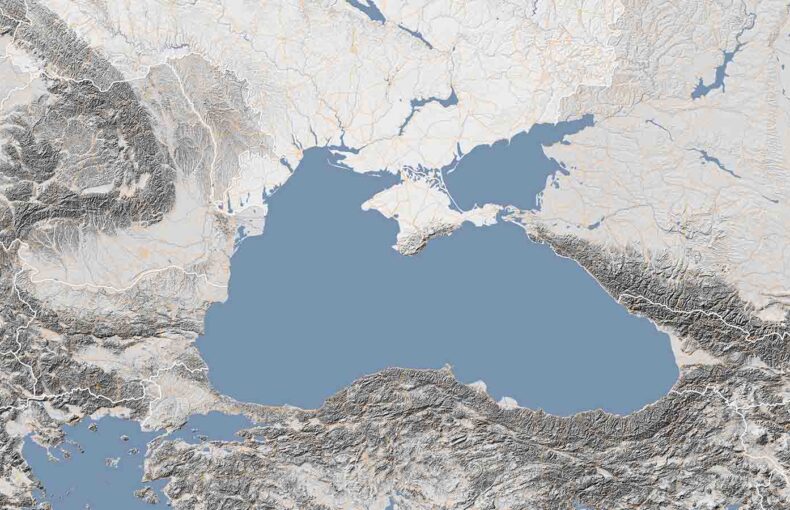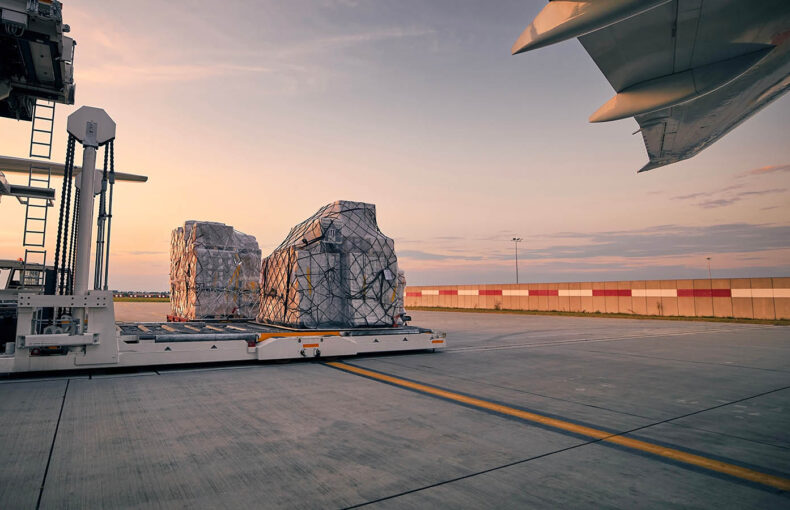Spire Aviation welcomes Philip Plantholt
With a lifelong passion for aviation and space, Plantholt has a vision of the future. He brings expertise built at some of the world’s leading aviation organizations and a lifelong passion for the space industry.
At age 16, Philip Plantholt piloted a glider on air currents above his native Germany. Navigating from the cockpit, Plantholt felt the physics of flight first hand as he steered the streamlined machine through the sky. The flight may have only lasted a few minutes, but it launched a career in aviation that recently brought him to a new position at Spire Global. Today, he’s helping to guide the future of the industry.
Plantholt has always loved aircraft and space exploration. Looking back, Plantholt said, he might have gone straight into the space industry had it been more established when he chose a career path after high school. There was even a moment when he considered becoming a pilot. But his desire to create led him into the operations and management divisions of some of the aviation industry’s most prestigious companies.
He secured an internship at Munich Airport as the facility was opening a new terminal. Mapping the new processes taught him about the complex procedures required to keep commercial air travel running smoothly. Later, his time as an executive assistant at Swiss International Air Lines introduced him to the many components of major airline’s management and operations. And working at Lufthansa Group’s consultancy division put him in contact with players across the industry.
By this point, Plantholt was ready to break out of the corporate world. He landed a position at the newly founded Flightradar24 when the Swedish company employed just a handful of people. Plantholt brought expertise in the professional aerospace industry, taking on a range of responsibilities before moving his core focus to commercial data services for the company’s business-to-business operation. He went on to join the executive team when the company grew considerably.
“It was fantastic to be part of that journey,” Plantholt said. “I would never have believed that we could build a crowdsourced network with over 30,000 antennas.”
Plantholt first heard of Spire while looking into satellite-based ADS-B, an alternative method to capture the industry-standard tracking signal for aircraft. At that point, there were not many players in the field, and Plantholt recognized the limitations of using terrestrial-based ADS-B networks to track aircraft over oceans and remote areas. After striking up communication with Spire co-founder Peter Platzer, Plantholt realized that a career at Spire Aviation would allow him to explore his other passion: space technology. It helped that he also believed in Spire’s approach to aircraft tracking.
“Using an economically viable network of nanosatellites to track aircraft seamlessly anytime and anywhere on Earth felt like the ultimate solution.”
Share on Facebook Share on Twitter Share on LinkedIn
Plantholt recently became the head of strategy and business development at Spire Aviation, and he already has a vision for how Spire can better serve its customers and lead the industry. We spoke with him to learn more about the virtues of space-based tracking and where he sees the greatest opportunities. The conversation has been edited for clarity and length.
Spire: What is the benefit of using satellites for aircraft tracking?
Plantholt: Coverage and reliability are the main benefits. They overcome one of the major issues with terrestrial networks, which is gaps and fluctuating performance. You can’t place ground sensors everywhere on the planet, but you can monitor the entire Earth from space.
And there is another benefit of Spire’s constellation. It’s built on nanosatellites. These devices don’t have a hundred million dollar price tag, so we can upgrade and improve the constellation more rapidly than if we were using expensive legacy devices. We won’t get stuck with decades-old tech.
Also, it’s not just aircraft that Spire is monitoring. The devices track the weather, ships, and information about the earth. We can show that various industries rely on our services and technology, and we have anchor clients in each. It shows we’ve been here, we’ve done it, we have customers, we have invested thousands of hours in engineering and designing satellites, and we have years of satellite operations experience serving various industry vertices.
How do you imagine that combination of data and expertise helping the aviation industry?
There is strong overlap between weather and aviation. Monitoring and forecasting high wind is a key component of online flight route optimization, which can help save fuel and costs. Imagine a solution that tells you to change your altitudes to more favorable winds 1000 meters up. That kind of opportunity isn’t fully exploited yet. But a combination of aviation tracking and aviation weather can lead to it. Particularly for long flights, which burn lots of fuel and tend to traverse remote areas, where satellite data helps improve forecasting.
There are also opportunities to enhance airport and airspace operations with aircraft tracking and weather solutions. With better predictions, there shouldn’t be any reason to waste time and resources having an airplane circling for fifteen minutes over London on a Friday afternoon. Of course, there will always be unforeseen interruptions, but we can help prevent operational bottlenecks by making processes better. That’s one of the big ones.
What are you excited about for the future?
Air mobility solutions. I think transport drone services might carry you to a central station in town sooner than you think. A lot of people say, “It’ll never happen. There’ll never be ten thousand units flying over our heads.” But people also said self-driving cars would never be on the street by 2020. Those units will need tracking, and they will need to integrate with commercial aviation as we know it today. So no matter what, there is a huge market about to come around the corner that will create demand for aircraft tracking, related systems, infrastructures, and applications.
Drones, too. Small consumer and delivery drones might not use ADS-B—to prevent overcrowding the signal—but an operator of a huge network of delivery drones will still need to know aircraft locations to avoid conflict and better plan and execute operations. A reliable satellite-based tracking system will be critical for their operations.
It sounds like there are a lot of opportunities.
“I’m super passionate about aircraft tracking but ultimately my longer vision is tracking things. We are also establishing ourselves as a company that tracks ships, tracks weather, and tracks aircraft. Whatever new technology is used in the future, whatever new thing needs to be tracked, we will have the capabilities to be faster to market and faster at building the solutions.”
Share on Facebook Share on Twitter Share on LinkedIn
We are passionate about solving the world’s greatest challenges through data. Learn more.
 Written by
Written by



